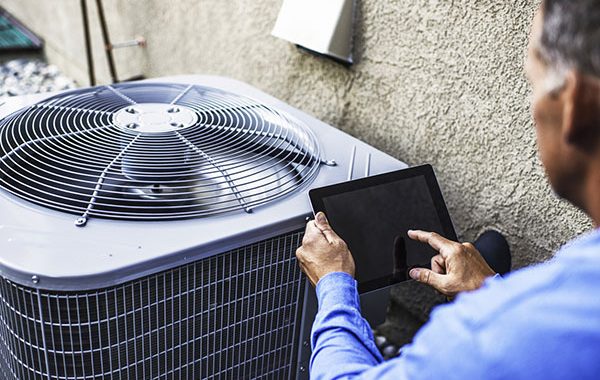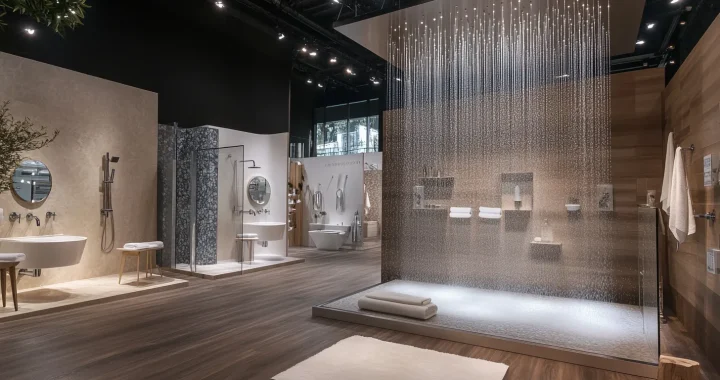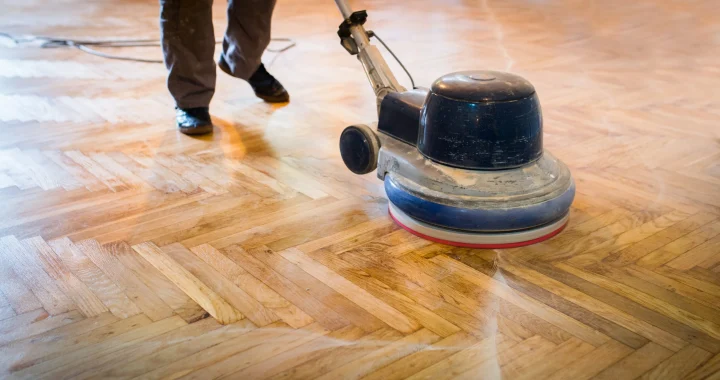Beyond Filters: New Ways to Improve Indoor Air

Did you know that indoor air can be more polluted than outdoor air? With modern homes being tightly sealed for energy efficiency, pollutants can get trapped inside, affecting your health and comfort.
While air filters help, there are other effective ways to improve indoor air quality. Let’s take a look at some new strategies that go beyond just changing your filters.
1. Use Aerosol-Free Products
Many household cleaning sprays and air fresheners release volatile organic compounds (VOCs) into the air. These chemicals contribute to poor indoor air quality and can trigger allergies or respiratory issues. Instead, opt for natural or fragrance-free products that are labeled as “low-VOC” to keep your home’s air cleaner.
2. Clean Air Ducts and Vents
Your HVAC system circulates air throughout your home, but if your air ducts are filled with dust, mold, or pet dander, that air isn’t as fresh as it should be. Regular duct cleaning and replacing air filters can significantly reduce airborne contaminants. Also, check kitchen and bathroom vents to ensure they’re free of buildup.
3. Use Kitchen Vents While Cooking
Cooking releases gases and airborne particles into your home. Gas stoves, in particular, produce nitrogen dioxide and carbon monoxide, which can be harmful if not properly ventilated. Always turn on your range hood or open a window while cooking to allow pollutants to escape.
4. Keep Carpets and Rugs Clean
Carpets and rugs trap dust, pet dander, and allergens that can lower air quality. Regular vacuuming with a HEPA filter and deep cleaning every few months can help reduce these pollutants. If possible, opt for hardwood or tile flooring, which is easier to clean and less likely to trap allergens.
5. Invest in an Air Purifier
A high-quality air purifier can remove airborne contaminants, including bacteria, mold spores, and allergens. Look for models with HEPA filters and activated carbon to trap particles and neutralize odors. Air purifiers are especially helpful for those with allergies or respiratory conditions.
6. Invest in Indoor Plants
Houseplants not only add beauty to your home but also help purify the air by absorbing toxins and releasing oxygen. Some of the best air-purifying plants include bamboo palm, English ivy, and peace lily. Just be sure to research which plants are safe if you have pets!
7. Control Humidity Levels
Too much moisture in the air can encourage mold growth and dust mites, while dry air can irritate your respiratory system. Use a dehumidifier to keep humidity levels between 30-50% and prevent unwanted allergens from thriving.
Breathe Easier with Better Indoor Air Quality
Improving your indoor air quality goes beyond just using filters. By implementing these simple strategies, you can create a cleaner, healthier living space. If you need expert advice or air quality solutions, contact Service Champions today!


 How Your HVAC Handles Candle Lovers And Aroma Fans In Seattle
How Your HVAC Handles Candle Lovers And Aroma Fans In Seattle  More buyers exploring different living styles as preferences shift this year
More buyers exploring different living styles as preferences shift this year  Why Buy a Luxury Home with AC and a Garage in Palm Beach?
Why Buy a Luxury Home with AC and a Garage in Palm Beach?  How to Upgrade Your Bathroom with a New Vanity
How to Upgrade Your Bathroom with a New Vanity  ok.com: The Ultimate Hub for Recruitment, Real Estate, Automotive, and Lifestyle Solutions
ok.com: The Ultimate Hub for Recruitment, Real Estate, Automotive, and Lifestyle Solutions  Should First-Time Buyers Consider Homes with Pool in Fuquay-Varina?
Should First-Time Buyers Consider Homes with Pool in Fuquay-Varina?  Auckland’s Top Hardwood Floor Sanding & Varnishing Experts
Auckland’s Top Hardwood Floor Sanding & Varnishing Experts